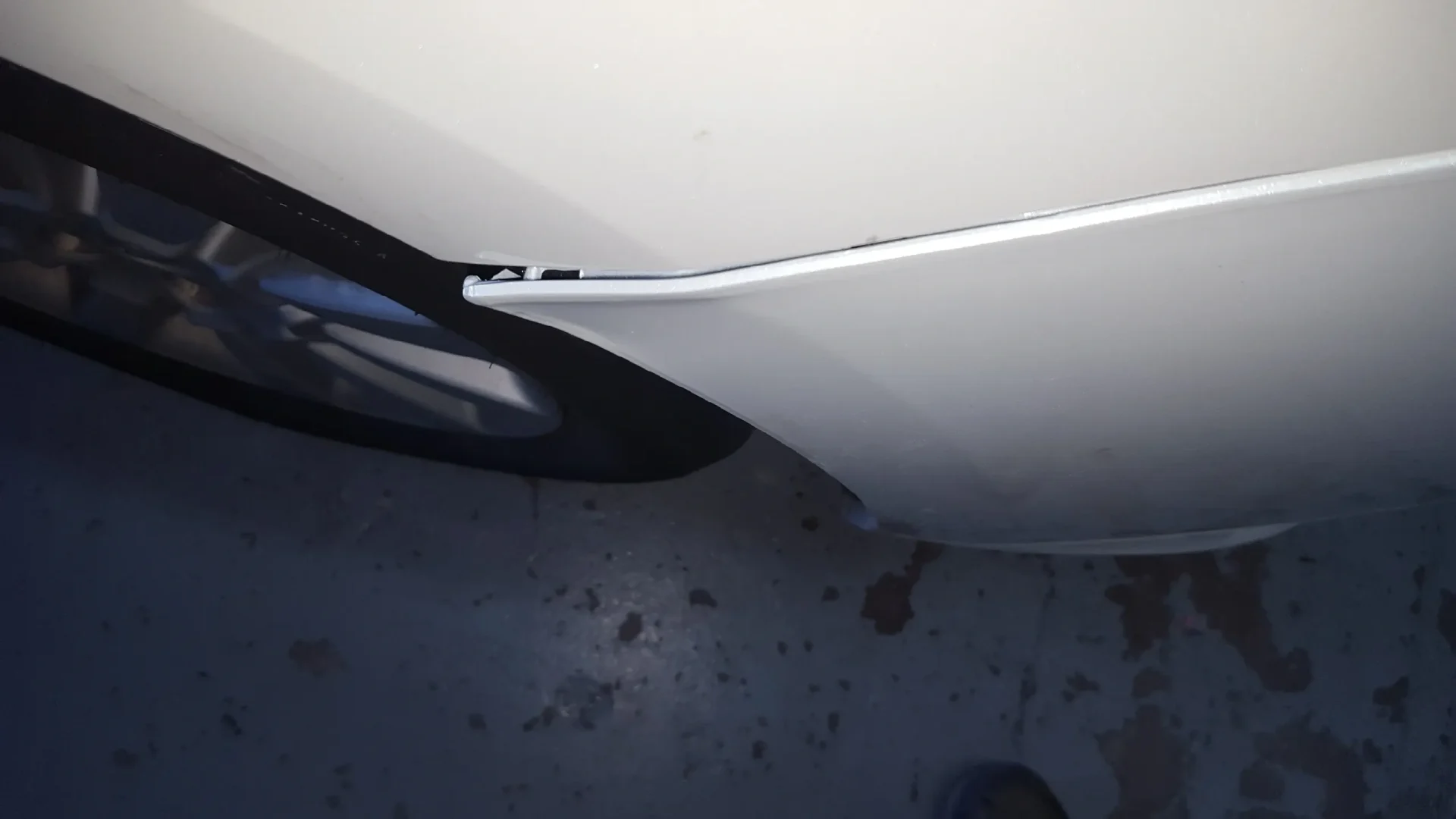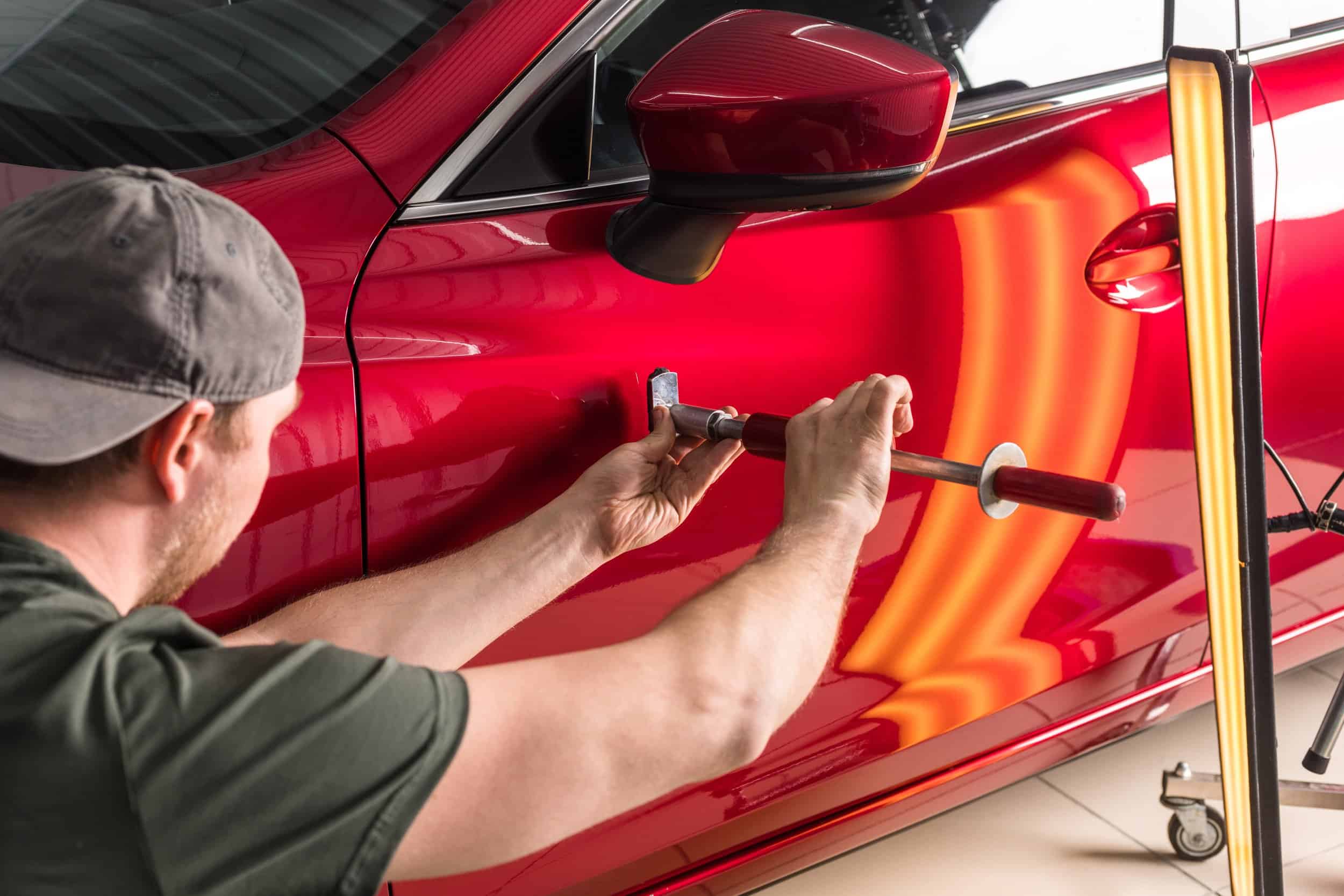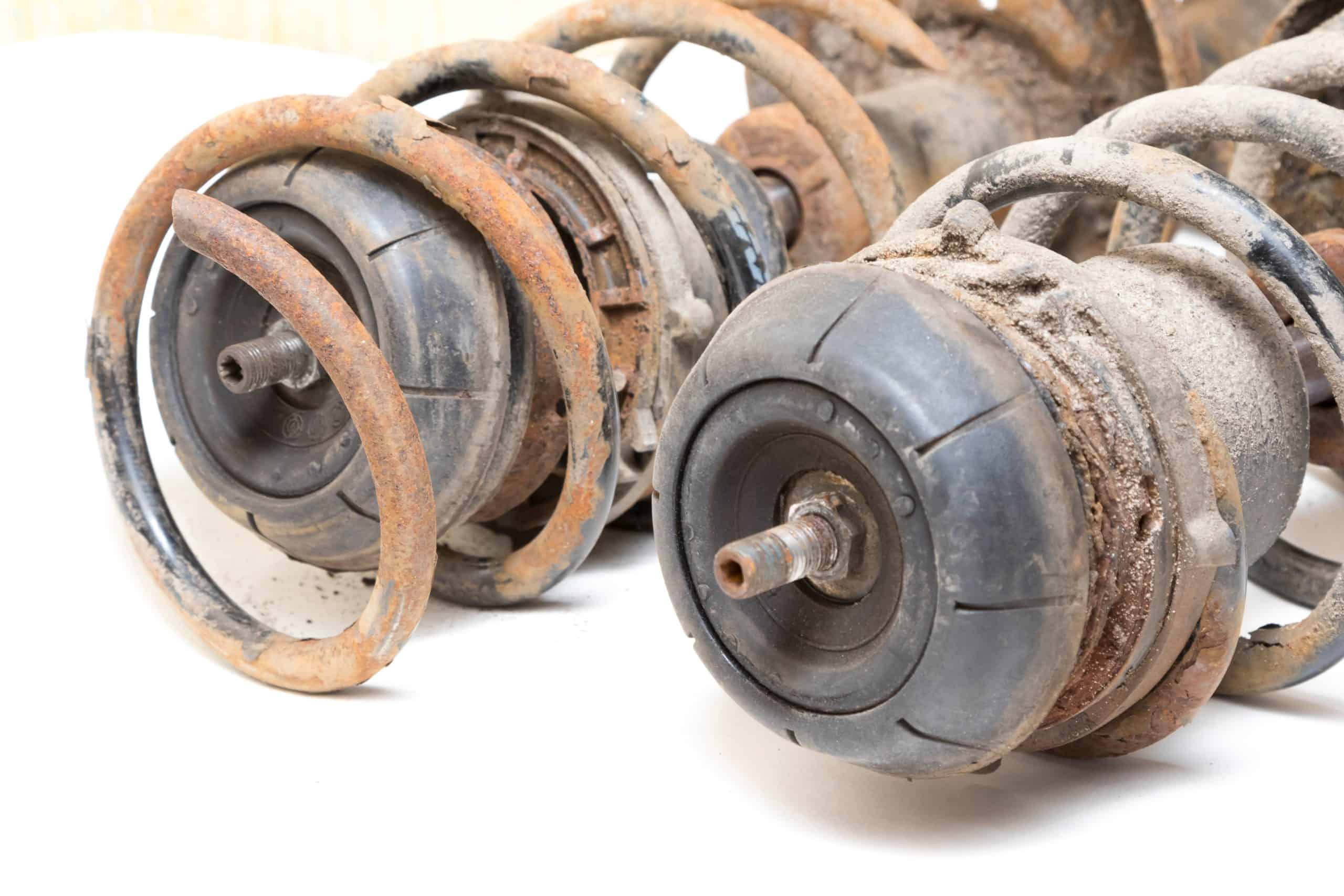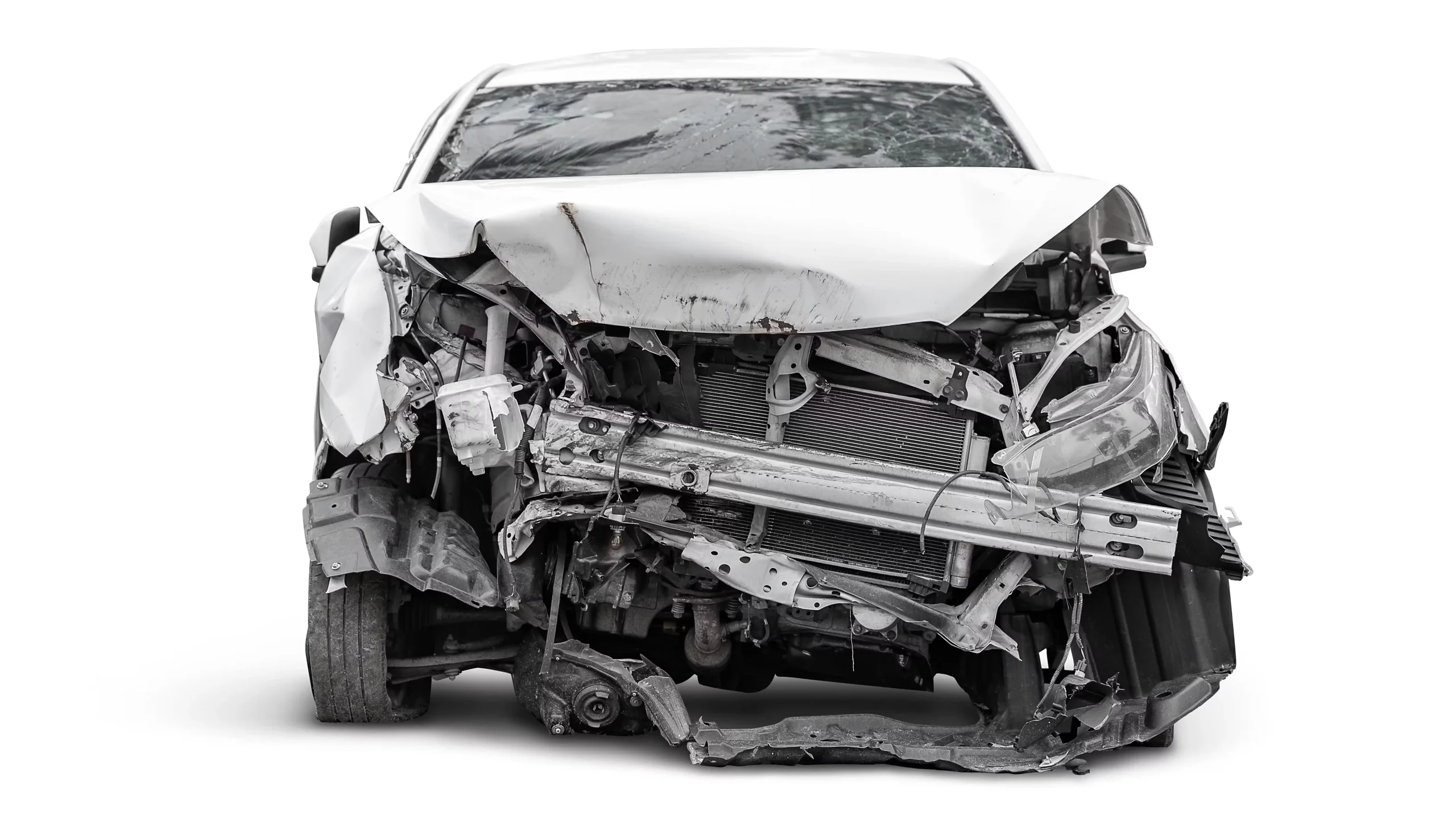Introduction: The Great Debate Over Aftermarket vs OEM Parts
When it comes to auto repairs, one of the most contentious issues is the use of aftermarket (A/M) parts versus original equipment manufacturer (OEM) parts. Insurance companies often suggest using A/M parts as a cost-effective alternative to OEM parts. However, it’s crucial to understand that Aftermarket vs. OEM Parts are not the same and can compromise the safety and integrity of your vehicle.
The Misconception: Are Aftermarket Parts Really Equivalent?
Insurance companies may try to convince you that Aftermarket vs. OEM Parts are equivalent. This is far from the truth. While these parts may look similar, they do not perform up to the safety standards set by the vehicle manufacturers.
The Reality: A Closer Look at Aftermarket vs OEM Parts
A video investigation has shown that some aftermarket car repair parts are not up to original equipment standards. For example, a 2006 to 2009 Ford Fusion front bumper reinforcement made by Ford deforms and absorbs a 6.1-mile-per-hour impact to protect the vehicle. On the other hand, a non-Ford replacement part failed dramatically to protect the vehicle, showing clear signs of inferior quality in the Aftermarket vs. OEM Parts debate.
The Dangers of Choosing Aftermarket Parts
Choosing aftermarket parts can lead to a range of issues, from minor annoyances like poor fit and finish to major safety concerns like structural failure in a collision. These parts often lack the rigorous testing that OEM parts undergo, making them a risky choice in the Aftermarket vs OEM Parts discussion.
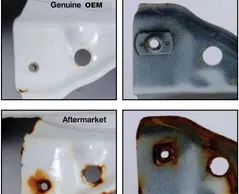
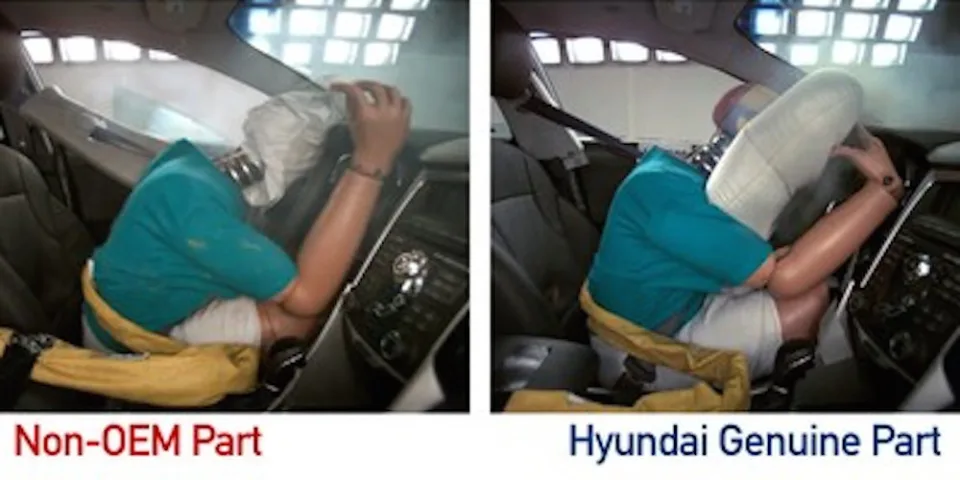

The Financial Impact of Choosing Aftermarket Parts
Opting for aftermarket parts can also have financial repercussions. These parts often come with limited or no warranties, meaning you could end up paying more in the long run if they fail or cause other issues. Additionally, the use of aftermarket parts can significantly reduce your vehicle’s resale value, costing you more in the long term.
The Legal Aspects: OEM vs Aftermarket Parts
It’s important to note that some states have laws requiring repair shops to disclose the use of aftermarket parts. However, enforcement is often lax, leaving consumers vulnerable to the associated risks in the Aftermarket vs. OEM Parts landscape.
The Solution: Making an Informed Choice for Your Vehicle’s Longevity and Safety
Being informed is your best defense against the risks associated with aftermarket parts. Here are some actionable steps you can take to ensure you’re making the best choice in the Aftermarket vs OEM Parts debate…
- Ask Questions: Always inquire about the type of parts being used in your repair. Don’t hesitate to ask your mechanic or the insurance company about the origin of the parts.
- Seek a Second Opinion: If something feels off or if you’re being pressured to accept aftermarket parts, consider seeking a second opinion from another repair shop or mechanic.
- Research: Take some time to research the differences between OEM and aftermarket parts for your specific vehicle model. There are numerous online forums and consumer reports that can provide valuable insights.
- Check State Laws: Some states have specific laws about the use of aftermarket parts. Knowing your rights can help you make a more informed decision.
- Watch Investigative Reports: For a more detailed understanding, we highly recommend watching investigative reports like the video investigation that delves into the quality and safety of aftermarket parts.
- Consult with Experts: If possible, consult with automotive experts or engineers who can provide technical insights into the quality and safety of aftermarket vs OEM parts.
- Trust Your Instincts: If a deal on aftermarket parts seems too good to be true, it probably is. Trust your instincts and opt for quality and safety over cost savings.
By taking these steps, you can arm yourself with the knowledge and confidence to make an informed decision about the repair parts for your vehicle. This not only ensures the longevity of your vehicle but also safeguards you and your loved ones from potential risks associated with substandard parts.
Conclusion: Your Safety and the Choice Between Aftermarket vs OEM Parts
Your safety should never be compromised for the sake of saving a few dollars. By understanding the differences between Aftermarket vs OEM Parts, you can make an informed decision that prioritizes your safety and the longevity of your vehicle.
Watch the Video
For a more detailed understanding, watch the video investigation that delves into the differences between aftermarket and OEM parts.
